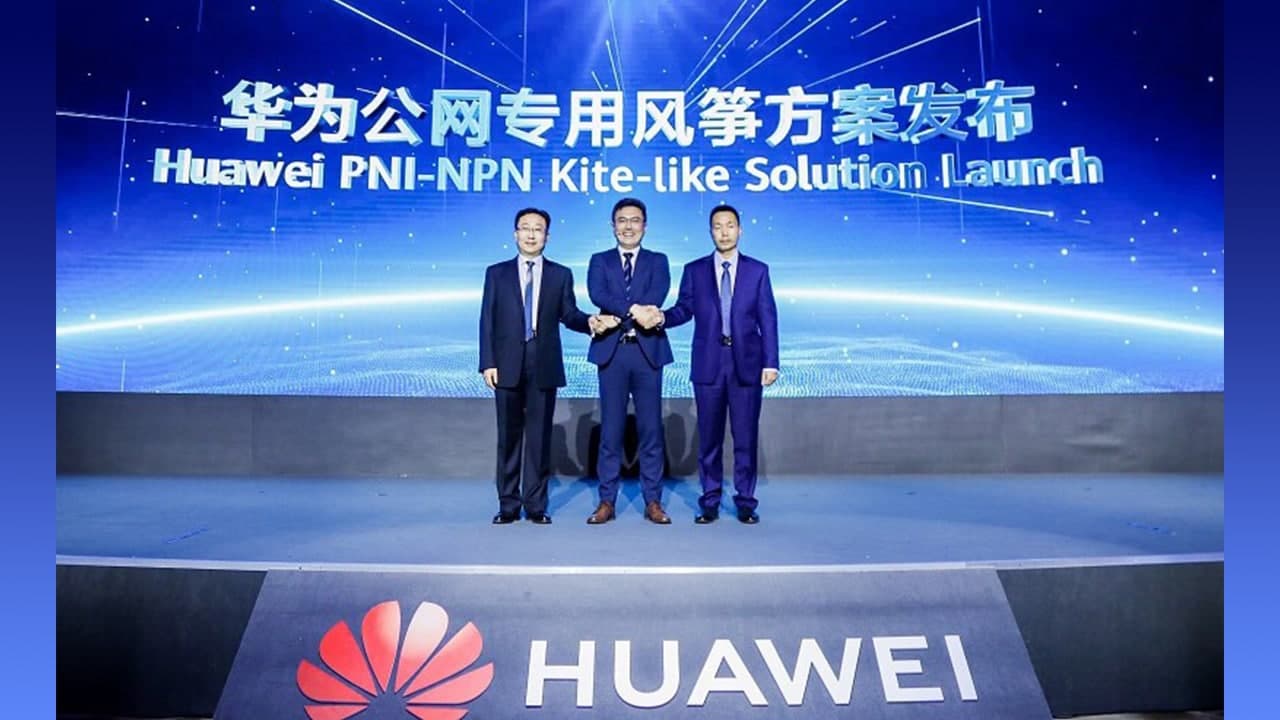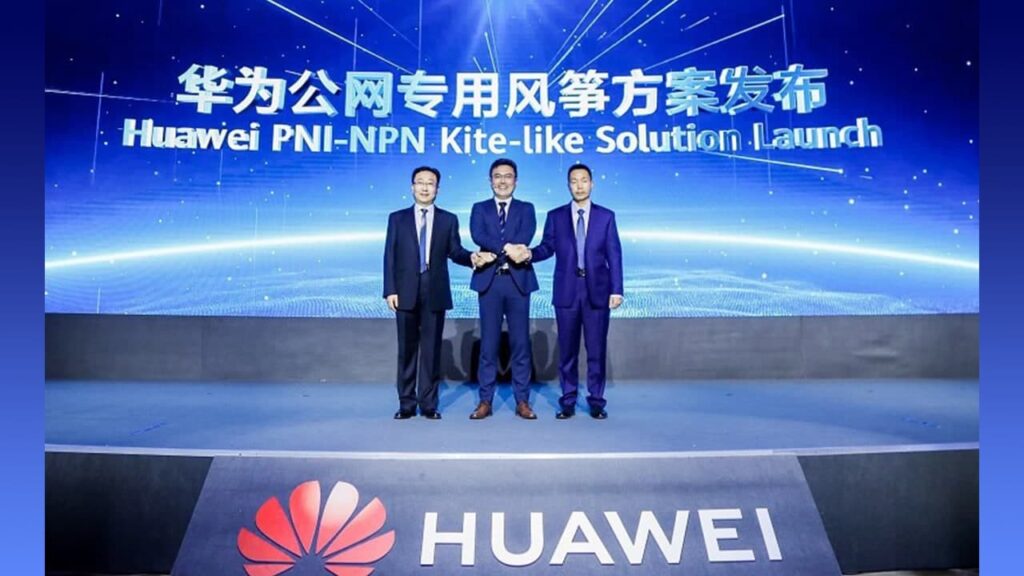News
Huawei, Xinyan Coal Mine and Shanxi Mobile China jointly release 5GtoB PNI-NPN Kite-like solution

During MWC Shanghai 2021, Huawei, Xinyan Coal Mine, and Shanxi Mobile jointly launched a 5GtoB kite-like solution for public network-integrated non-public networks (PNI-NPN).
At the ceremony, several guest presence were noted including Richard Liu, President of Huawei Cloud Core Network Product Line, Liu Ying, Vice President of Shanxi Mobile, and Mei Jun, Chief Engineer of Xinyan Coal Mine Lvliang Dongyi Group.
The solution provides high-performance, high-reliability 5G networks that function through a combination of private and public networks. The solution aims to accelerate the development of the 5G industry and increase the value of 5G for businesses, ultimately creating momentum in the digital economy.

Xinyan Coal Mine is an enterprise that sets leading examples for smart mine construction. It is located in Lvliang City under Shanxi Lvliang Dongyi Group Coal Gasification Co., Ltd. In 2020, Xinyan Coal Mine applied 5G communications technologies together with Shanxi Mobile and Huawei to take the lead in 5G-based smart mine construction.
It was also among the nation’s first enterprises to pilot smart mine projects in November of the same year. Furthermore, 5G is at play throughout key phases of the mine’s production. With this in mind, ensuring that the enterprise production system continues to run normally in the event of large-scale network interruption is of major concern.
To solve such issues, Huawei’s 5GtoB kite-like solution transforms operator networks into a PNI-NPN configuration. In this configuration, the central site “flies kites” (collaborating with edge site) with dedicated “lines” to ensure rock-solid reliability.
When the on-premises network (the NPN) is disconnected from the central network, services can be automatically switched to the emergency DR control plane of the on-premises network, greatly improving its reliability over conventional solutions, and ensuring high availability of the enterprise production system. This is the solution that was successfully tested in Xinyan Coal Mine.
High reliability despite continuous network interruption: The emergency control plane is deployed on the campus and synchronizes data with the central network in real-time. When disconnected from the central network, the local network can seamlessly take over services to ensure the key production systems continue to run normally.
Higher efficiency with the same workforce: Consolidated edge delivery, plug-and-play, one-click deployment, and two-hour provisioning greatly improve the delivery efficiency.
High security with data containment: S, M, and L tiers are provided to cover the different security requirements of private networks. S corresponds to small private networks where enterprises share the operator’s network, whereas M and L offer increasing isolation, ensuring that data is not transferred out of the campus in MEC scenarios; therefore, eliminating data security concerns for enterprises.
On the other hand, 5GtoB is already in commercial use and is accelerating digital transformation in the industry. The solution is on pole position in China alongside the world’s largest 5G network, where more and more industries and enterprises are transforming and upgrading themselves with the help of 5G.
Huawei is eager to work with industry partners to openly innovate and achieve win-win outcomes, making 5G a key driving force for digital transformation.







